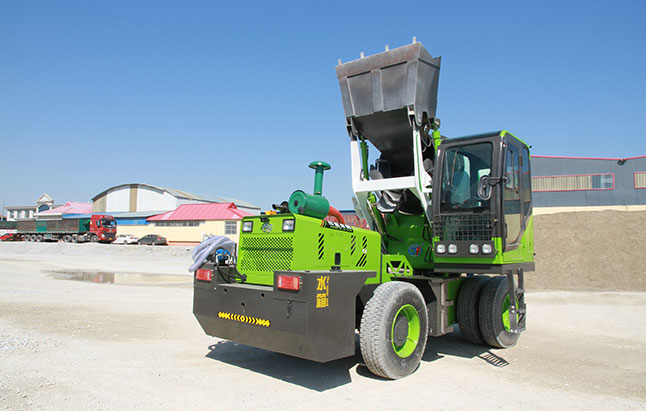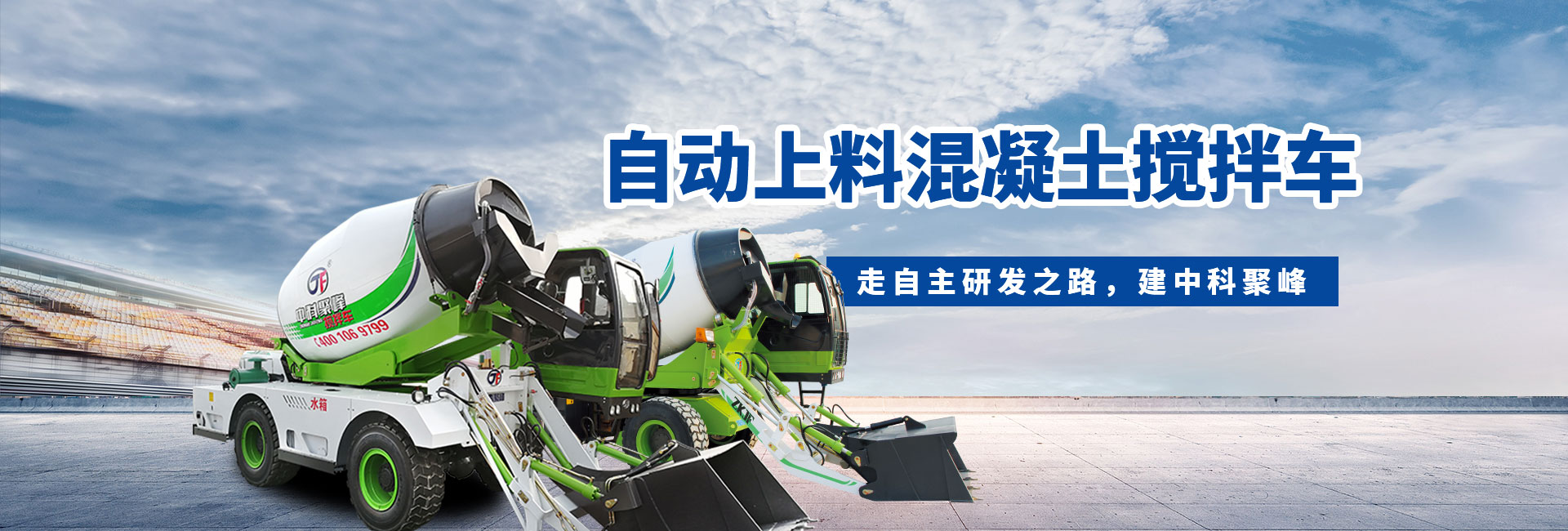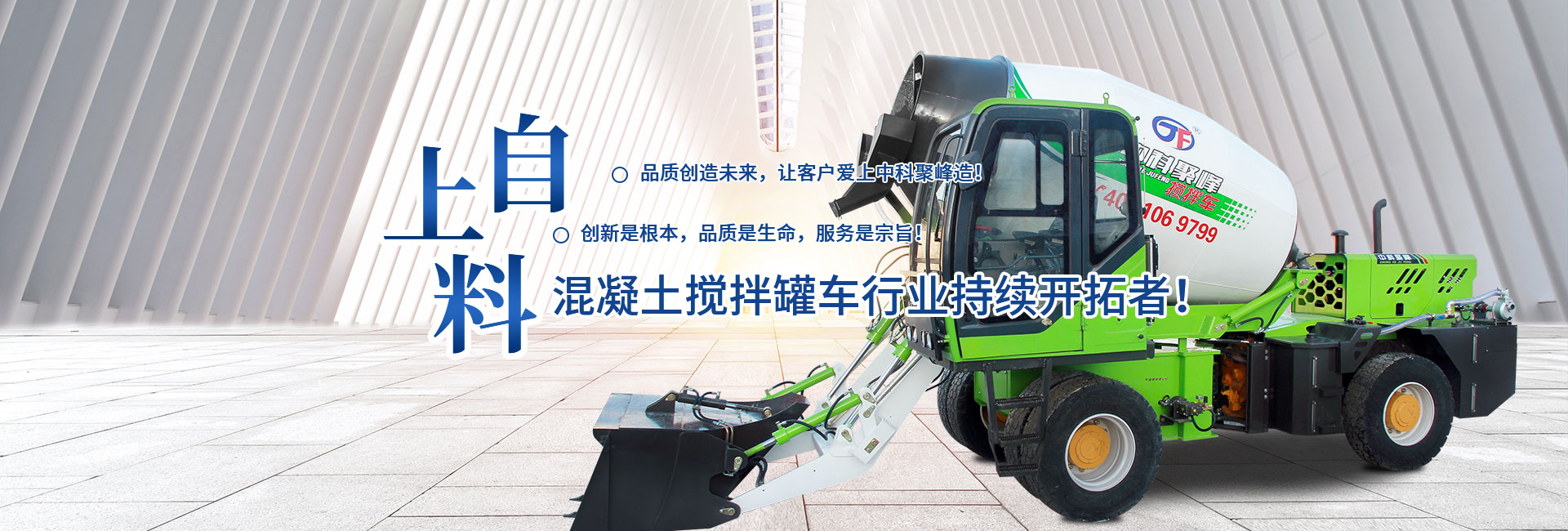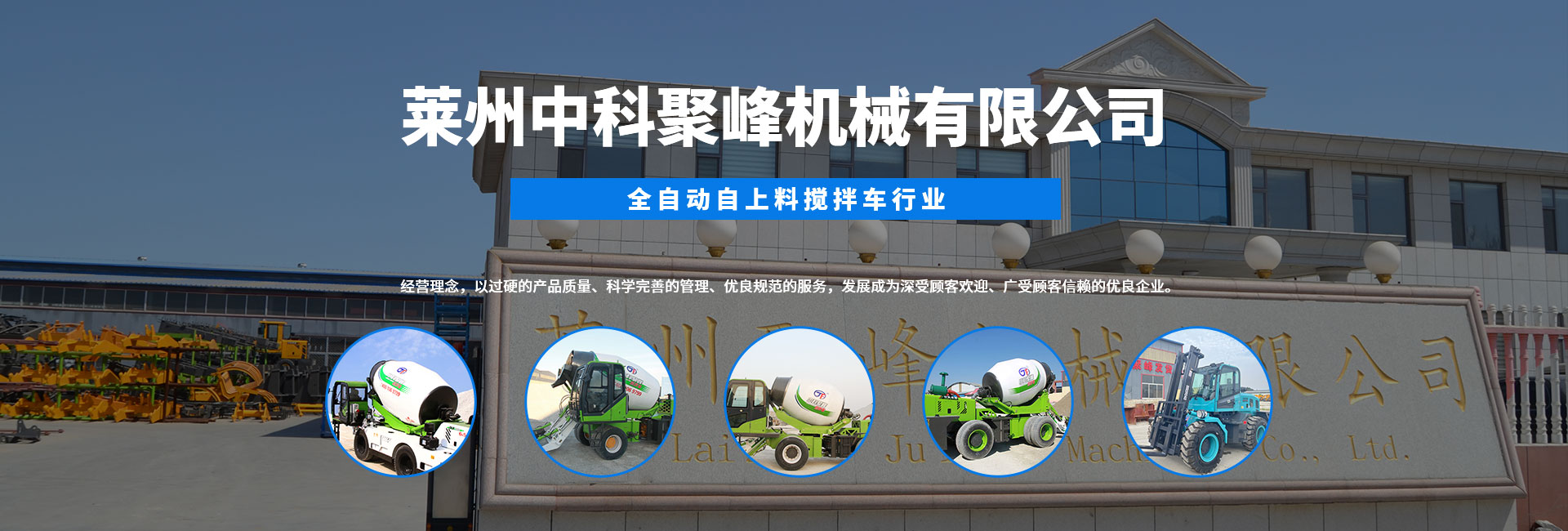(1) Manual transportation of trolley and dumper. It is usually used in the case that the concrete transportation volume is small and the transportation distance is close, but the transportation speed is the slowest.
(2)自卸汽车运输。常用于混凝土运输量较大而运距较远的情况,车体为密封状态,方便保温保湿,主要在搅拌站应用。
(2) Transportation by dump truck. It is usually used in the case of large concrete transportation volume and long transportation distance. The car body is in sealed state, which is convenient for heat preservation and moisture preservation. It is mainly used in mixing plant.
(3)塔吊吊运。常用于大型水电工程的混凝土浇筑,通常吊斗出口至混凝土仓面间的高度不超过1.5~3.0m,但运输速度较慢。
(3) Tower crane lifting. It is usually used in the concrete pouring of large hydropower projects. The height between the bucket outlet and the concrete warehouse surface is not more than 1.5 ~ 3.0m, but the transportation speed is slow.
(4)皮带运输机运输。通常运输时应以水平运送较好,且运输速度不宜超过1.2m/s,以免因运速太快而造成混凝土分离现象。
(4) Belt conveyor transport. Generally, it is better to transport horizontally, and the transportation speed should not exceed 1.2m/s, so as to avoid the separation of concrete due to too fast transportation speed.
(5)混凝土泵送运输。包括活塞式、风动式,常用于运输不便且混凝土量较大的情况,运输速度较快,但会受现场条件影响。
(5) Concrete pumping transportation. It includes piston type and pneumatic type, which are often used in the case of inconvenient transportation and large amount of concrete. The transportation speed is fast, but it will be affected by the site conditions.


混凝土浇筑方法的选择混凝土浇筑时应根据现场条件及具体工程情况选取,通常需要计算混凝土分层间隔时间,其不应大于混凝土凝结时间。常用的混凝土浇筑方法主要分为全面分层、分段分层和斜向分层3种方式,全面分层常用于大体积混凝土;分段分层适用于结构厚度不大而面积或长度较大的情况;斜向分层多用于大体积混凝土,长度较大的结构,斜面角度一般小于或等于45°。
The selection of concrete pouring method should be based on the site conditions and specific engineering conditions. The interval time of concrete layering should be calculated, which should not be greater than the setting time of concrete. The commonly used concrete pouring methods are mainly divided into three ways: overall layering, segmented layering and oblique layering. Comprehensive layering is commonly used for mass concrete; segmented layering is suitable for the case of small thickness but large area or length; oblique layering is mostly used for mass concrete, and the angle of inclined plane is generally less than or equal to 45 ° for structures with large length.
混凝土振捣机械的选择混凝振捣时应考虑选型机械的振捣范围,并根据现场情况进行选择。通常混凝土振捣器按其振动方式可分为内部式振动器和外部式振动器,前者又称为插入式振动器,多用于振捣现浇基础、柱、梁、墙等结构构件和后打体积基础的混凝土,振捣时应避免碰撞钢筋、模板、芯管、吊环或预埋件;后者又称为平板式振动器、附着式振动器,常适合厚度不厚的板,用于构件表面振捣,振捣时外部式振动器的移动间距应保证振动器底板可以覆盖到已振实部分的边缘。
The selection of concrete vibration machinery should consider the vibration range of type selection machinery when concrete vibration, and select according to the site situation. Generally, the concrete vibrator can be divided into internal vibrator and external vibrator according to its vibration mode. The former is also known as plug-in vibrator, which is mainly used to vibrate the cast-in-place foundation, column, beam, wall and other structural components and the concrete of the later volume foundation. When vibrating, it should avoid colliding with reinforcement, formwork, core pipe, lifting ring or embedded parts; the latter is also called plate type vibrator and attached vibration When vibrating, the moving distance of the external vibrator should ensure that the bottom plate of the vibrator can cover the edge of the vibrated part.
混凝土养护方法的选择混凝土养护方法应根据施工现场情况、施工条件及天气状况进行选择,主要分为自然养护和热养护。自然养护通常是在常温下采用适当材料覆盖混凝土,并采取浇水润湿、防风防干、保温防冻等措施所进行的养护,主要包括覆盖浇水养护和塑料薄膜养护,前者可选用草帘、芦席、麻袋、锯木、湿土和湿砂等材料覆盖;后者通常以塑料薄膜为覆盖物。热养护主要是将混凝土置于较高温度条件下进行硬化,加速其硬化过程,一般包括蒸气室养护和热模养护。此外,冬季施工时应注意进行温度计算。
The selection of concrete curing methods should be based on the construction site conditions, construction conditions and weather conditions, mainly divided into natural curing and thermal curing. The natural maintenance is usually the concrete covered with appropriate materials at room temperature, and the measures of watering, wind proof, anti drying, heat preservation and anti freezing are adopted. The curing mainly includes covering watering curing and plastic film curing. The former can be covered with straw curtain, reed mat, gunny bag, sawn wood, wet soil and wet sand; the latter is usually covered with plastic film. Thermal curing is mainly to harden the concrete at a higher temperature to accelerate its hardening process, which generally includes steam chamber curing and hot mold curing. In addition, temperature calculation should be paid attention to in winter construction.

 点击拨打服务热线:400-879-1999
点击拨打服务热线:400-879-1999


 首页
首页 电话
电话 导航
导航